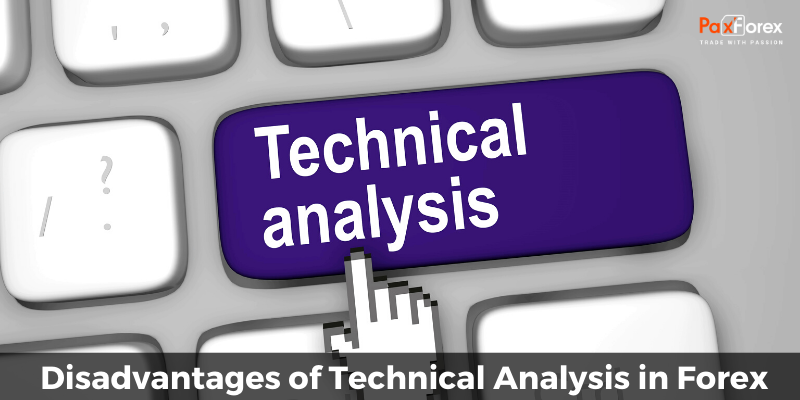
Technical analysis focuses exclusively on charts as well as past price behaviors. When using this method to forecast the forex market, traders will frequently integrate indicators as well as tools to make a decision. Moreover, traders will likely to attempt to expect future price movements with seeing past price pattern instead of seeing the outside world. Technical analysis – relies solely on historical price action and computed indicators to forecast future exchange rates. Besides price action, a number of other related indicators such as oscillators, volume, and moving averages are typically used in technical analysis.
A technical analyst believes that those price patterns will tend to repeat themselves in the future. So they will analyze a market’s previous price movements, and use those to decide when to open and close trades to maximize their profit. Technical analysis is very subjective. Quick changes in schedules may have an adverse impact on the trading results. What may seem on the chart to signal to enter the market, in fact, will be only a noise that can be tracked only on large frames. It is possible to increase the accuracy of the signals by the number of indicators used, however, it is not a panacea, because it reduces the number of entry signals into the market.
It can be dangerous to depend totally on the assumption that today's prices predict future prices. They often do, but not necessarily. Replying on charts completely will not help you to pick up the signals about the changing of a trend until the change has actually taken place. This means you could miss up to one-third of the fluctuations in currency trading. It is also possible in currency trading to act on a pattern prematurely or in a bit of a panic. If a large number of currency traders do this, it can create a self-fulfilling prophecy.
A common argument is that technical analysis is aimed at predicting a certain outcome for a chart pattern, ignoring the reasons for the movements which are due to fundamental factors. This is an obvious limitation of technical analysis and any trader feeling uncomfortable with this handicap should find support in the next chapter dedicated to fundamental analysis. Although some theories offer certain objectivity to the analysis, other studies may not necessarily lead to an objective interpretation. That is why technical analysis is sometimes referred to as being more an art than a science. It is also where individual and mass biases come into play.
When picking an approach to the market, you must consider not only the benefits that you may get from it but also the disadvantages that you may have to endure. Technical analysis has been proven to work. But it has also been proven to have some shortcomings. It is imperative to have a working risk management strategy. Forex trading is definitely an environment where it is better to have as much information as possible. By combining the power of both technical and fundamental analysis, forex traders can be better equipped and can be in a much stronger position when trading the forex markets. And with both these types of analysis readily available through forex brokers’ platforms, it is much better to use them in combination for a more efficient forex trading strategy.







